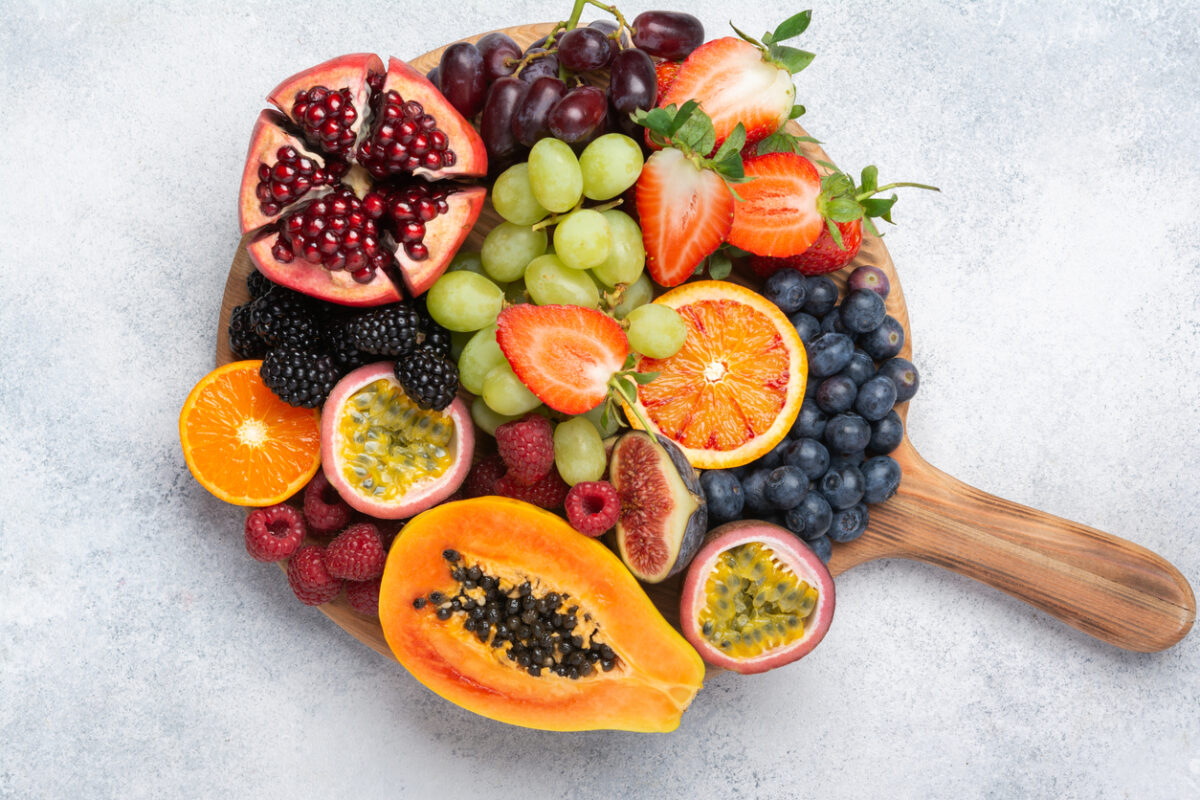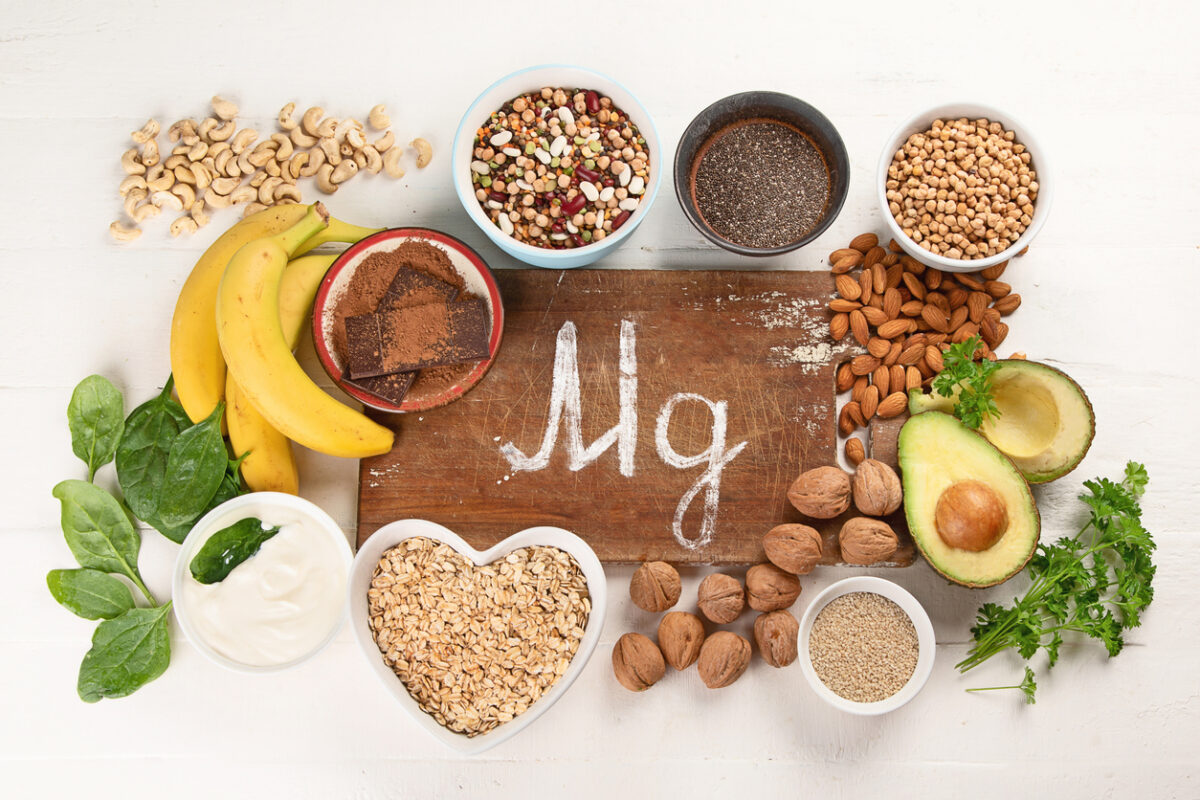Discover the Top 10 Habits to Slow Down Aging Naturally
Incorporate These Anti-Aging Habits into Your Daily Routine for Youthful Vitality
Embarking on a journey towards a gracefully aging life doesn’t have to be complex. Simple tweaks in your daily routine can make a monumental difference. Staying hydrated ensures your skin retains its elasticity, while a balanced diet rich in antioxidants combats cellular damage. Regular physical activity increases blood flow, enhancing nutrient delivery and waste removal. Prioritizing sleep rejuvenates the body, and mindfulness practices such as meditation reduce stress-related aging. By adopting these habits, you pave the way for a healthier, more radiant you.
Unlock the Secrets to a Youthful Appearance with These Anti-Aging Practices
Discover the fountain of youth in your daily routine with scientifically-backed anti-aging strategies. From protective skincare rituals to nutrient-rich diets, learn how small lifestyle adjustments can lead to lasting and visible results. Embrace a holistic approach that goes beyond topical treatments, focusing on cellular health, stress management, and quality sleep to slow the ticking clock.
Expert Tips on Everyday Habits to Prevent Premature Aging and Enhance Longevity
Gain insights from experts on integrating anti-aging habits into every part of your day. Begin with sun protection and hydration, incorporate antioxidants through your meals and supplements, and adopt a fitness regime that promotes agility and strength. Discover mindfulness techniques to combat daily stress, one of the silent agitators of aging skin and health deterioration. Start today for a healthier, more vibrant tomorrow.
Revitalize Your Life! Essential Anti-Aging Habits for Lasting Health and Beauty
Discover the secrets to a healthier, more vibrant you with our guide to anti-aging. We delve into scientifically-backed habits that can significantly slow down the aging process. From nourishing your body with the right foods to adopting a consistent skincare regimen, these habits will not only enhance your physical appearance but will also boost your mental and emotional well-being. Start transforming your life today for a future that’s full of energy and youthful vitality.
Embrace a Younger You! Simple Lifestyle Changes for Effective Anti-Aging
Embark on your journey to youthfulness with easy-to-implement lifestyle modifications. Bid farewell to harsh chemicals and welcome natural skin care alternatives, integrate physical activity into your daily routine for improved circulation, and ensure you’re getting ample rest to allow your body to repair and rejuvenate. Reducing stress through mindfulness practices can also have profound anti-aging effects. Let’s usher in a new era of living young by making these sustainable changes.
Transformative Anti-Aging Habits that Everyone Should Adopt
As we age, our bodies and skin change, but that doesn’t mean we can’t help slow down the process. Embracing a holistic approach to health can lead to a more youthful appearance and increase overall wellbeing. From proper hydration, balanced nutrition, and regular exercise to mindful stress management, each habit plays a critical role in maintaining vitality. Prioritizing sleep and skin care routines can also significantly impact the aging process, allowing you to thrive at any age.
Healthy Living: Best Anti-Aging Habits to Keep Your Skin Radiant and Youthful
Healthy living is key to sustaining a radiant and youthful complexion. Daily sun protection, using SPF, cannot be overstated in its importance to prevent premature aging. Incorporate antioxidant-rich foods into your diet to fight free radicals and boost skin repair. Never underestimate the power of consistent skin care, including gentle cleansing and moisturizing, and consider treatments like retinoids for their proven anti-aging benefits. Remember, these habits are not just for your skin, but for a full-body approach to anti-aging.
Age Gracefully! A Guide to Anti-Aging Habits That Really Work
As we age, the quest for a youthful appearance remains a common aspiration for many. This guide will explore scientifically backed habits designed to slow down the aging process. From a nutrient-rich diet to regular exercise, each recommendation aims to not only enhance your skin’s radiance but also boost your overall health. Embrace these practices, and you’ll find that looking and feeling young is a result of conscientious, healthy living.
Essential Habits for Anti-Aging! Strategies to Turn Back the Clock on Aging
Turning back the clock on aging doesn’t require magic—just a committed approach to a few key habits. Hydration, sun protection, and adequate sleep are at the core of sustaining youthful vigor. In this section, you’ll learn how to integrate these habits into your daily routine effectively, ensuring they become second nature. Combined with stress-reduction techniques and regular skincare, these strategies will help you maintain a vibrant, youthful complexion for years to come.
























